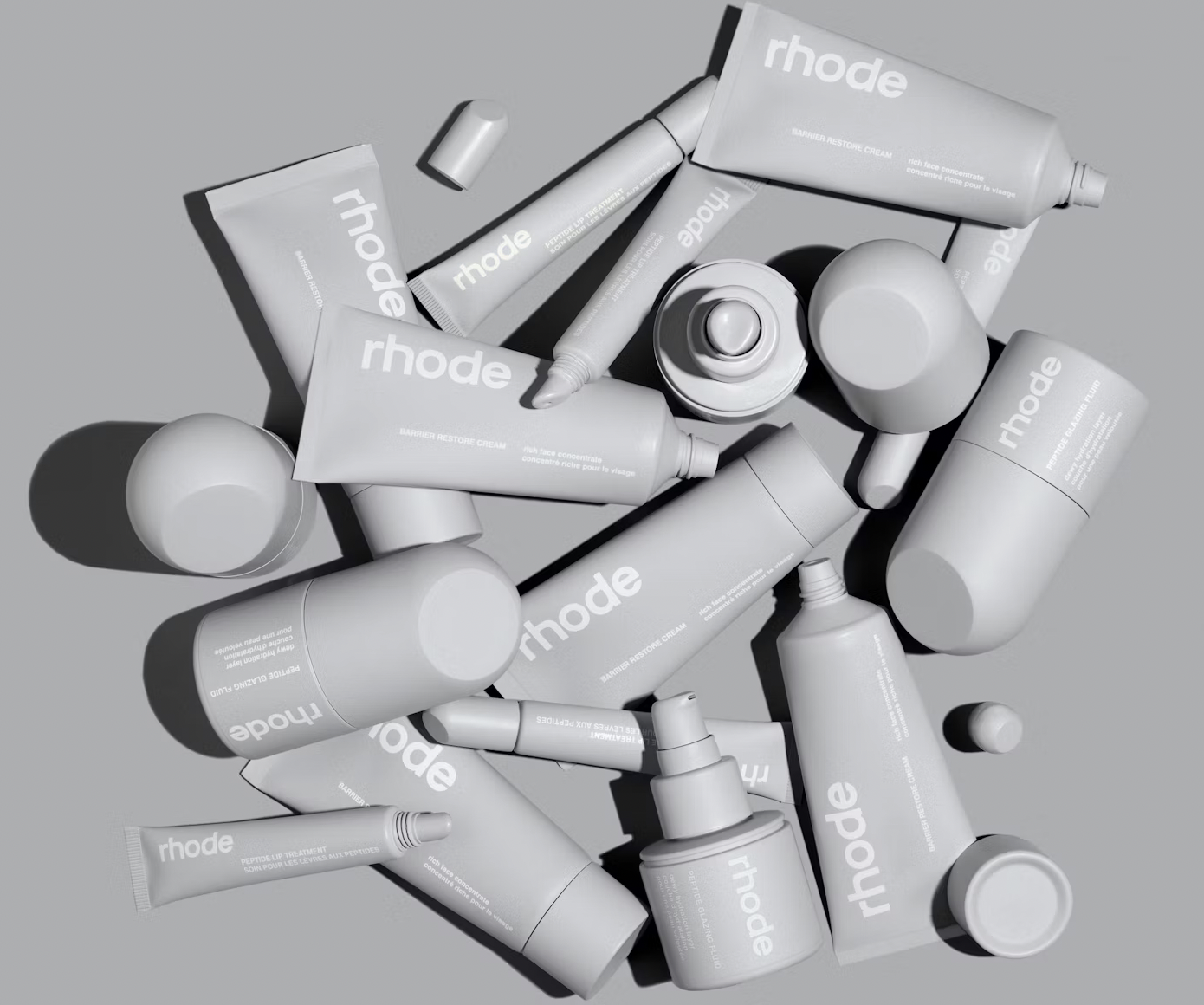A closely watched fight over Hermès’ allegedly anticompetitive system of allocating its coveted Birkin bags is heading for an appeal. In a notice filed on October 7, consumer plaintiffs Tina Cavalleri and Mark Glinoga, who first filed suit against Hermès back in March 2024, alerted the Northern District of California that they are looking to take their case before the U.S. Court of Appeals for the Ninth Circuit in a bid to overturn the lower court’s dismissal of their claims last month.
The Background in Brief: On September 17, N.D. Cal. Judge James Donato dismissed the plaintiffs’ seconded amended complaint, finding that Cavalleri and co. failed to plausibly plead a relevant product market, market power in that market, and injury to competition – necessary elements for the “tying” theory they advanced under the Sherman Act. In addition to tossing out the federal claims with prejudice, the court declined supplemental jurisdiction over the California state-law claims, dismissing the case in its entirety.
The court rejected the plaintiffs’ proposed “elitist luxury handbag” market as inadequately defined and found that the complaint did not plausibly allege that Hermès maintains market power with respect to the tying product (the Birkin bag) or anticompetitive effects in any tied product market (Hermès scarves, jewelry, shoes, etc.). Judge Donato emphasized that prioritizing top-spending customers, without more, is not an antitrust violation.
The Case Continues
The plaintiffs’ appeal shifts the matter to the Ninth Circuit, which will review whether the district court correctly applied antitrust pleading standards to luxury-scarcity facts and whether the complaint plausibly alleged a relevant market and market power. While the plaintiffs’ notice filing reveals little in the way of their impending appeal arguments, based on the court’s dismissal order, several pressure points are clear …
> Market definition: The district court found the proposed market for “elitist luxury handbags in the United States” too vague and economically unsupported. In Judge Donato’s view, the plaintiffs failed to allege what makes that category distinct, who competes within it, or how consumers view the relevant products as substitutable or interchangeable. The complaint did not identify cross-elasticity of demand, price sensitivity, or consumer preference data that would show the Birkin operates within a discrete competitive arena rather than the broader luxury-handbag market.
On appeal, the plaintiffs are likely to argue that such granular market proofs are not required at the pleadings stage and that it is enough to allege a facially plausible market grounded in real-world luxury dynamics. They may invoke the concept of “luxury-scarcity” as a coherent market structure defined by intentional supply restriction, exclusivity, and brand signaling, contending that the Birkin effectively exists within its own submarket because no close substitutes exist in terms of prestige, resale value, and access model. In other words, they will likely argue that scarcity-driven categories can be cognizable markets at the motion-to-dismiss stage, with empirical proof of market boundaries to be developed through discovery and expert testimony at summary judgment.
> Market power in a single-brand context: The plaintiffs may press that the Birkin bag’s extraordinary cultural and economic status supports an inference of Hermès’s market power even within a single-brand or narrowly defined market. While courts are traditionally cautious about recognizing single-brand markets (as in Eastman Kodak Co. v. Image Technical Services), plaintiffs may point to the Birkin’s closed allocation system and resale performance as evidence that Hermès can “control prices or exclude competition” without constraint from rival brands.
They will likely argue that the alleged requirement for consumers to purchase ancillary Hermès goods – scarves, jewelry, homeware – as a precondition for Birkin eligibility constitutes coercion sufficient for tying liability under either the per se or rule-of-reason frameworks. In their view, this “relationship purchase” system transforms what might otherwise be a luxury relationship-management practice into an anticompetitive device that conditions access to a uniquely coveted product on unrelated purchases.
On appeal, they will contend that the district court erred by dismissing such allegations as mere “customer prioritization” rather than the exertion of market power in a single-brand context where the Birkin’s symbolic and resale dominance makes substitution implausible.
> Per se vs. rule-of-reason: Acknowledging modern skepticism toward automatic condemnation, the court nevertheless assumed – purely for present purposes – that per se analysis applied and still found the allegations wanting. Plaintiffs may argue that, taking their facts as true, they adequately pled conditioning and coercion affecting a “not insubstantial” volume of tied-product commerce.
> Injury to competition vs. injury to consumers: The court emphasized that rewarding high-spending customers, without market-wide foreclosure or competitive harm, is not enough. Appellants will likely argue the alleged scheme distorts demand and forecloses rivals in tied categories by forcing non-Birkin purchases as the price of entry – harm sufficient at the pleading stage.
Hermès & Beyond
The Hermès case sits at the intersection of luxury strategy and antitrust law – a collision that tests whether scarcity itself can become a form of market power. For decades, brands like Hermès have relied on controlled access and cultivated scarcity to sustain both prestige and pricing power. The Birkin, perhaps more than any other product in the modern luxury canon, embodies that model: it is not simply expensive, but arguably unavailable without a relationship. That absence of open market access – which fuels waiting lists, resale markups, and the mythology of exclusivity – is precisely what the plaintiffs frame as anticompetitive.
If the Ninth Circuit takes up the case substantively, it will grapple with a question that European competition authorities and scholars have occasionally entertained in the context of selective distribution and market access in the luxury sector: When does luxury’s “aura of inaccessibility” cross the line into market exclusion? The answer could set the tone for how antitrust law treats deliberately limited distribution, client vetting, and purchase history-based access programs – all staples of modern luxury retail.
For Hermès, the litigation could carry brand-level implications. A successful appeal could reopen discovery into how the company allocates its most iconic product and quantify just how structured its “relationship selling” really is. Even if the company ultimately prevails, a Ninth Circuit opinion addressing luxury scarcity as a potential locus of antitrust scrutiny could unsettle the quiet equilibrium that allows high-end brands to manage demand behind the veneer of exclusivity.
More broadly, this case is a referendum on how law interprets status as strategy. It asks whether scarcity and desirability – tools that have defined luxury since Hermès’s first saddle stitch – can remain legally insulated when they operate as de facto barriers to entry.
The case is Cavalleri, et al. v. Hermès International, et al., 3:24-cv-01707 (N.D. Cal.)














